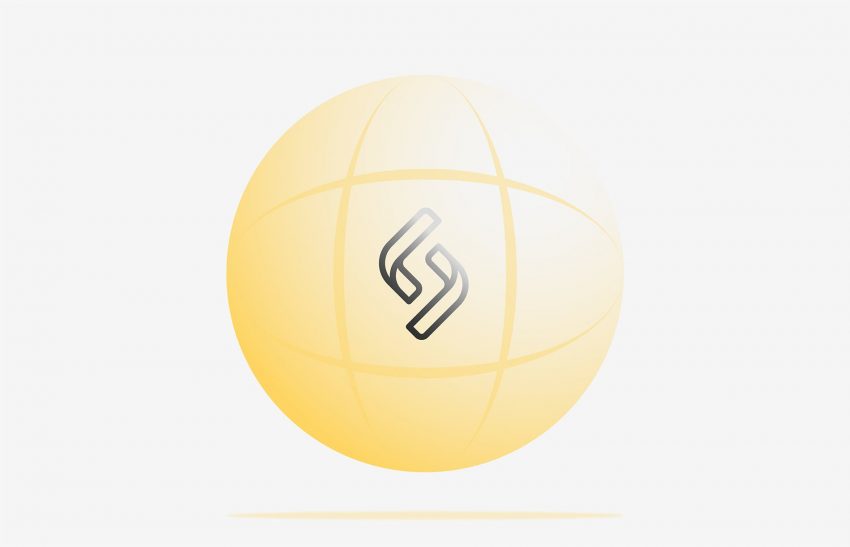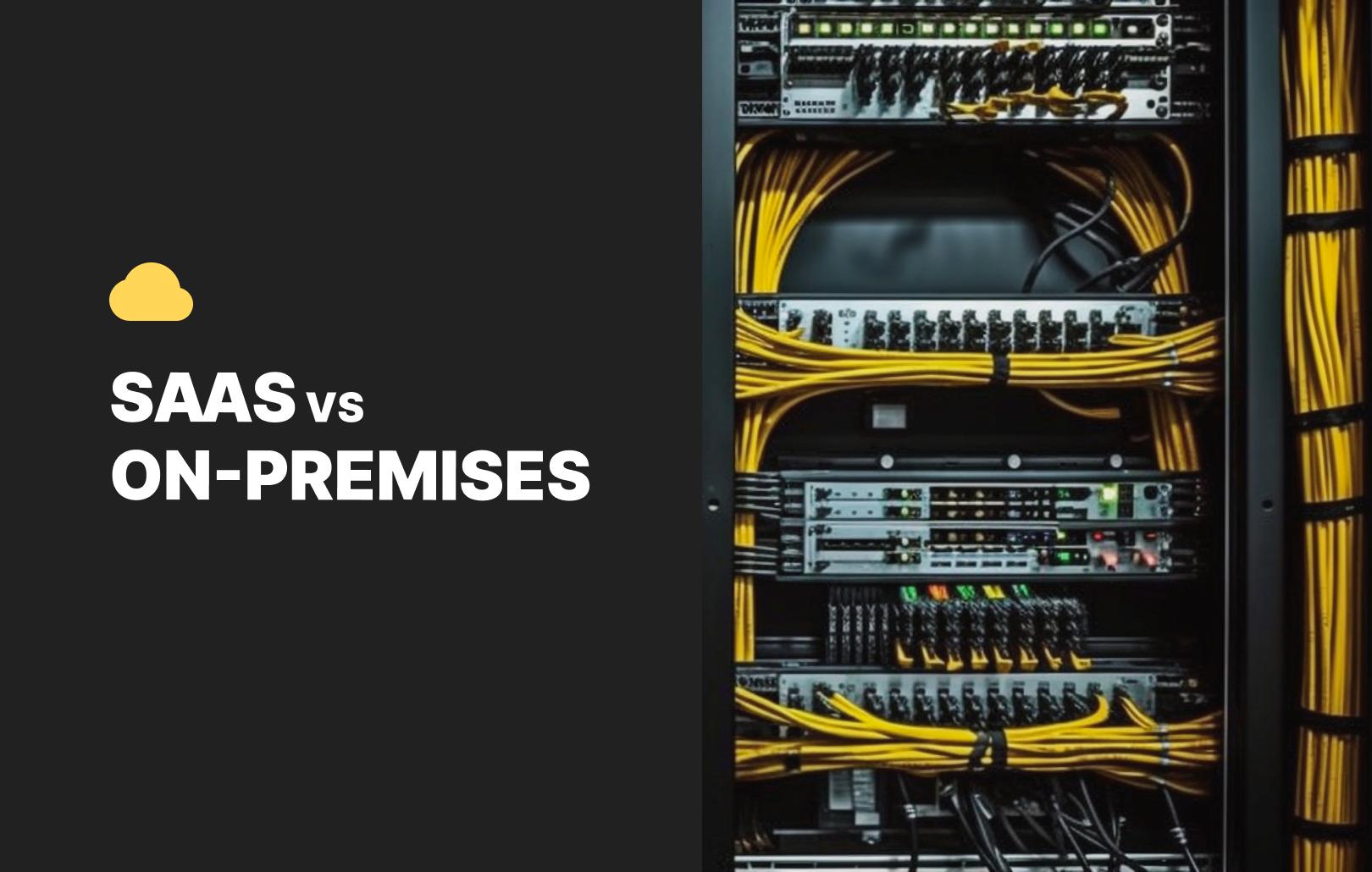The meaning of Software as a Service

What Does Software-as-a-Service Mean?
Developing technology has opened up opportunities for companies to reduce expenses while achieving prominent returns. Software as a Service is one of the key technologies that moved on-premises software solutions to a cloud. Though, what exactly is Software as a Service, why is it beneficial and, what are the perspectives? Continue reading to find out.
How Does Software-as-a-Service Work?
Software as a Service emerged a long time ago, however, the technology wasn’t advanced enough to adequately support SaaS. Then, the 2000s rolled out and the progress spread like wildfire. The technological maturity alongside fast innovation led to reducing in house IT support staff and shifting focus to effective expansion and innovation.
Software as a Service, also known as SaaS, is known as a model which allows companies to use softwares from a cloud. It can go both ways – a company can host and licence their software, or it can use someone else’s software on a subscription basis. Instead of investing funds in establishing in house software solutions, cloud-based softwares only require an internet connection. By using SaaS an employee can log into the software and promptly have full access to its features and stored data.
By implementing SaaS a business generates a cost-effective model where in house IT infrastructure, software installation and maintenance are not necessitated. Software as a Service allows businesses to actuate faster and respond to customer demand more effectively.
Although most small businesses already employ the SaaS model, some major companies used to beat around the bush. Yet, in the light of 2020 and 2021, they were forced to adapt quickly due to the surge of remote work. The pandemic has shifted company priorities and those in hesitation had made it their initiative to move to cloud-based models. SaaS helped to stay afloat at challenging times and for some, even advance their business offerings.
As a result, according to Transparency Market Research, by 2022 the Software as a Service market is expected to reach a whopping amount of $164.29 billion net worth.
What Are the Key Benefits of Using SaaS?
Software as a Service or SaaS has infinite benefits to a business. It starts from the simplest such as work space-saving to fast deployment and freedom of employee movement. Here are the key advantages that a company gains by employing SaaS:
- Reduction of the required initial investment. Contrary to in-house softwares SaaS doesn’t require a setup investment. No more endless CD renewals, long update times and infinite maintenance work. You just pay a subscription and the software vendor will maintain it and deal with any arising issues. Therefore, SaaS is more of an operating expenditure rather than a constant investment.
- 24/7 worldwide availability. Software as a Service enables companies to have 24/7 remote access to all their data from anywhere in the world. It opens horizons to hire abler employees from across the world and effectively collaborate on projects.
- Minimal IT support. Since SaaS is Cloud-based it deprives users of system maintenance. A company pays a subscription fee and the vendor performs necessary procedures to ensure data safety. The provider takes care of all the maintenance, upgrades and installations without ever including customers.
- High security. Every enterprise has security concerns, hence, the key element in Software as a Service provision is to ensure that the demand is timely met or even exceeded. Since vendors’ livelihood depend on data security they go to great lengths to safeguard the infrastructure and entrusted customer data. To reach this paramount goal providers scatter their servers in multiple geographical locations, have automated backups and invariably implement threat control.
Nonetheless, there are less significant benefits like scalability and straightforward integration with other softwares. However, the most important feature in SaaS softwares is a short learning curve and intuitive interface that helps even a novice user to become advanced quickly.
What Does SaaS Mean for the Future of Fintech?
Previously there was a cost-cutting and profit-based culture whereas now it slightly shifted to a customer focus and satisfaction as a primary. Legacy banks have failed to recognise the changing technological innovation and follow at the same pace. Therefore, in the past, they saw nimble and innovative Fintechs as their biggest competitor looking to engulf a big chunk of their profits.
Fintechs were seen as enemies providing capabilities that legacy banks had but with a fraction of a cost.
However, with time a realisation that Fintech can be beneficial surfaced and SaaS came into the picture. Software as a Service brought sustainability and scalable strength to the financial industry. Therefore, open application programming interfaces (APIs) enabled collaboration between legacy banks and Fintechs. As a result, Fintechs brought innovative processes with their products and resources to legacy banks at a relatively low cost.
A collaboration between legacy banks and Fintech puts customers at the forefront and allows businesses to launch products even with limited technical skills.

